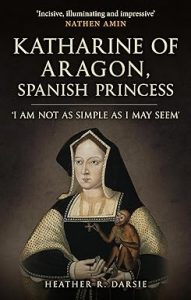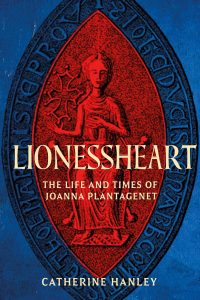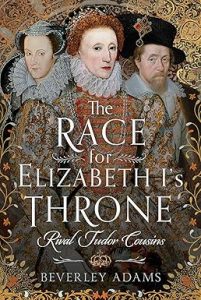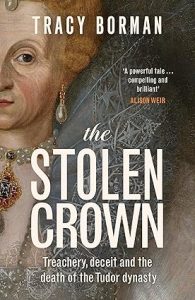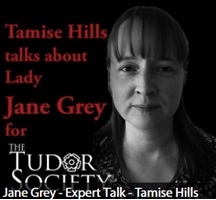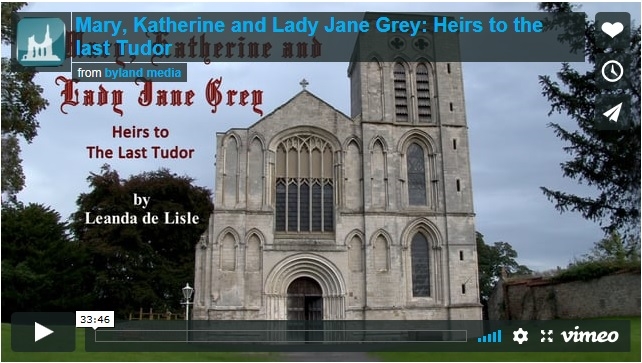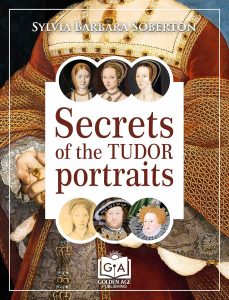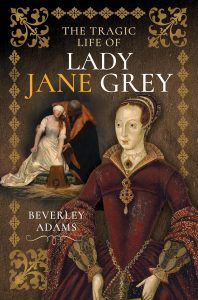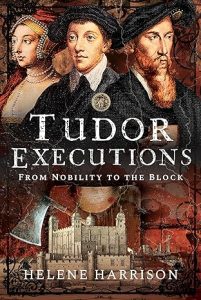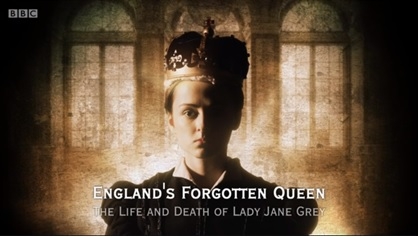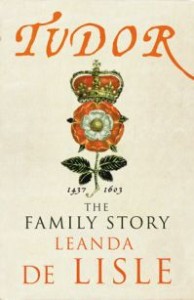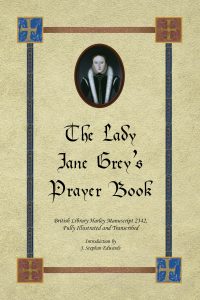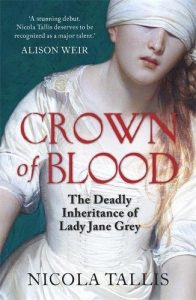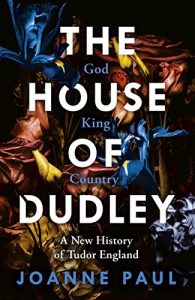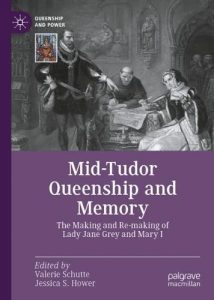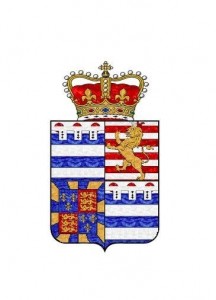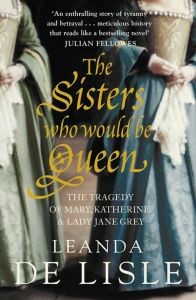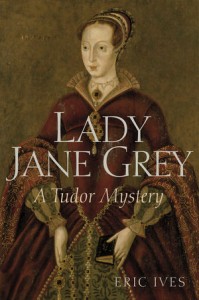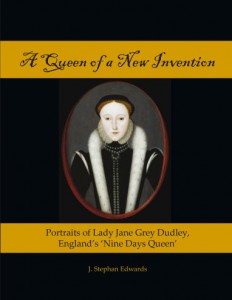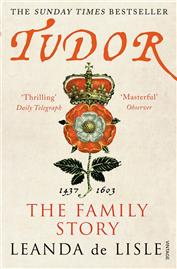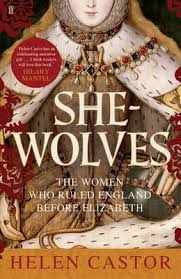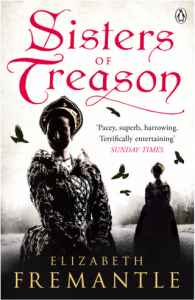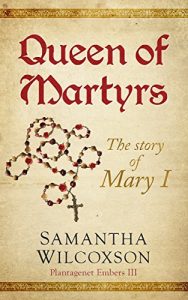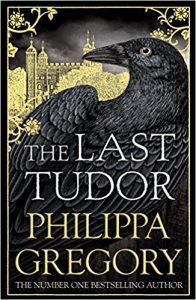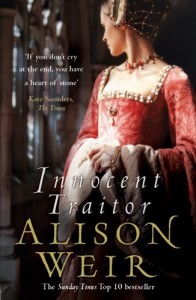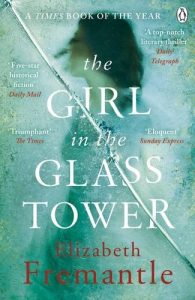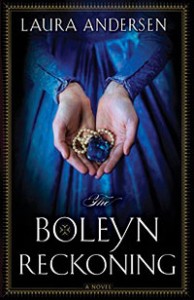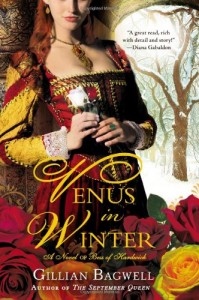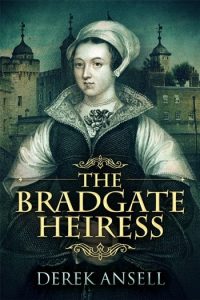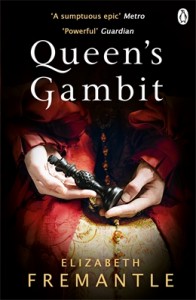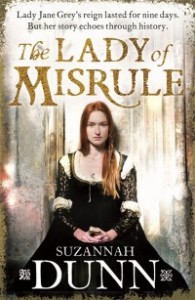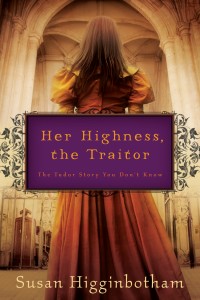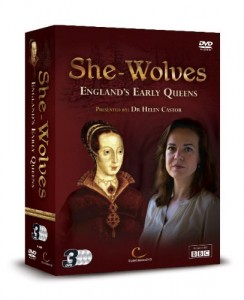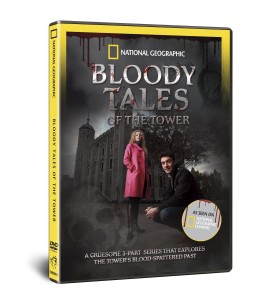Lady Jane Grey
Gallery Talk, June 12th 2007
Justin Nolan
This afternoon I went to Justin Nolan’s very interesting talk about Lady Jane Grey at the National Portrait Gallery in London. The talk was held in Room 3 by the newly acquired painting of ‘Lady Jayne.’
(These are my notes from the talk, including direct quotes from Justin Nolan).
The talk consisted of 3 parts: Historical Lady Jane Grey, the Idea of Lady Jane Grey and about the painting itself.
Historical Lady Jane Grey
This gave details about her family background and argued how her father, Henry Grey, Duke of Suffolk, could be seen as ‘a study of political failure in the 16th century.’ It also included the ‘Device for Succession’ and the religious state of the country at the time.
Jane was a ‘victim of court circumstance’ and the only stand she took during her reign, was not allowing Guildford Dudley to be King.
Idea of Lady Jane Grey
A handout included several other pictures of Lady Jane Grey to illustrate how she has been portrayed.
Lady Jane has been turned into a ‘tragic heroine.’ Delaroche’s painting shows her as the ‘epitome of victim hood,’ and Antonio Barzaghi-Cattaneo’s as an image of a helpless victim.
She has also been shown as ‘the good school girl.’ John Callcott Horsley’s meeting between Jane and Ascham ‘represents the notion of girls improving themselves through education.’
James Clarke Hook’s meeting of Jane with Dr Feckenham shows ‘the depth of her faith’
‘Lady Jayne’ (Streatham Portrait).
The NPG has been aware of this painting since 1923. It is a ¾ length portrait of a woman wearing high status clothing from the 1550s.
Why it might be Lady Jane Grey?
The sitter is someone of importance. Analysis (including ‘dendrochronology’) has shown that the wood used dates from after 1593. The question is why would someone paint a portrait of a woman after 1593 wearing clothing from forty years before? There must have been something about the sitter to make it worthwhile.
The inscription dates from the same time as the portrait and cross referencing it with the known ‘Lady Jayne’s’ at the time, shows that it could refer to Jane Grey.
The sitter’s hair is reddish.
Context of the painting
Jane was in the public consciousness in 1602. This is shown by Thomas Dekker’s play, ‘Sir Thomas Wyatt’. Some of this play survives and in it, Jane and Guildford are portrayed as lovers. So from very early on, the romantic notion of Lady Jane Grey existed.
‘It is possible that this painting belonged in the collection of a gentleman who wanted to promote his enthusiasm for Protestantism and could have been part of a series of paintings of ‘Protestant Worthies.’
This was probably not intended to be an accurate portrait of Jane but was using her as a badge of the Elizabethan Protestant Order.’
There isn’t anything in this portrait that supports an accurate representation, however, the question remains, why else produce this painting?

